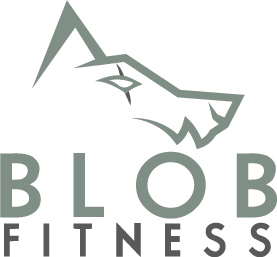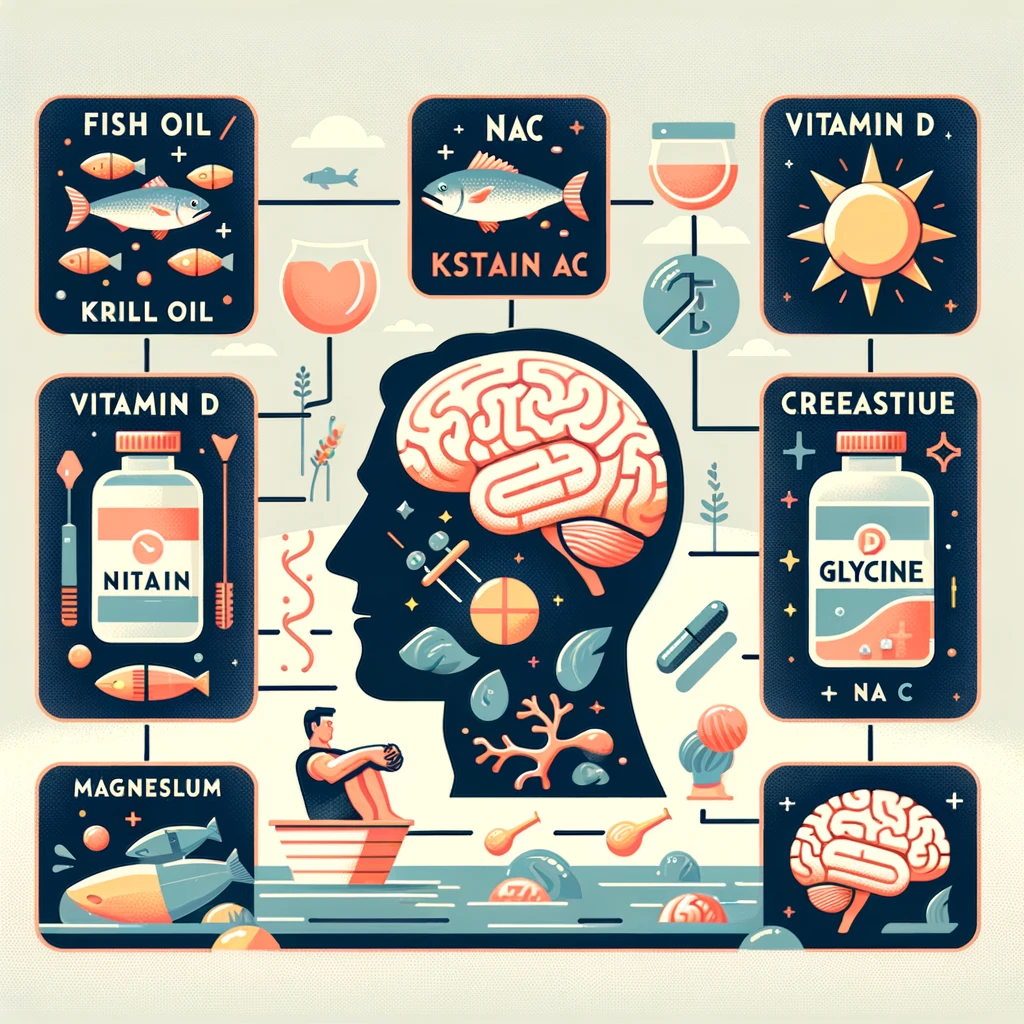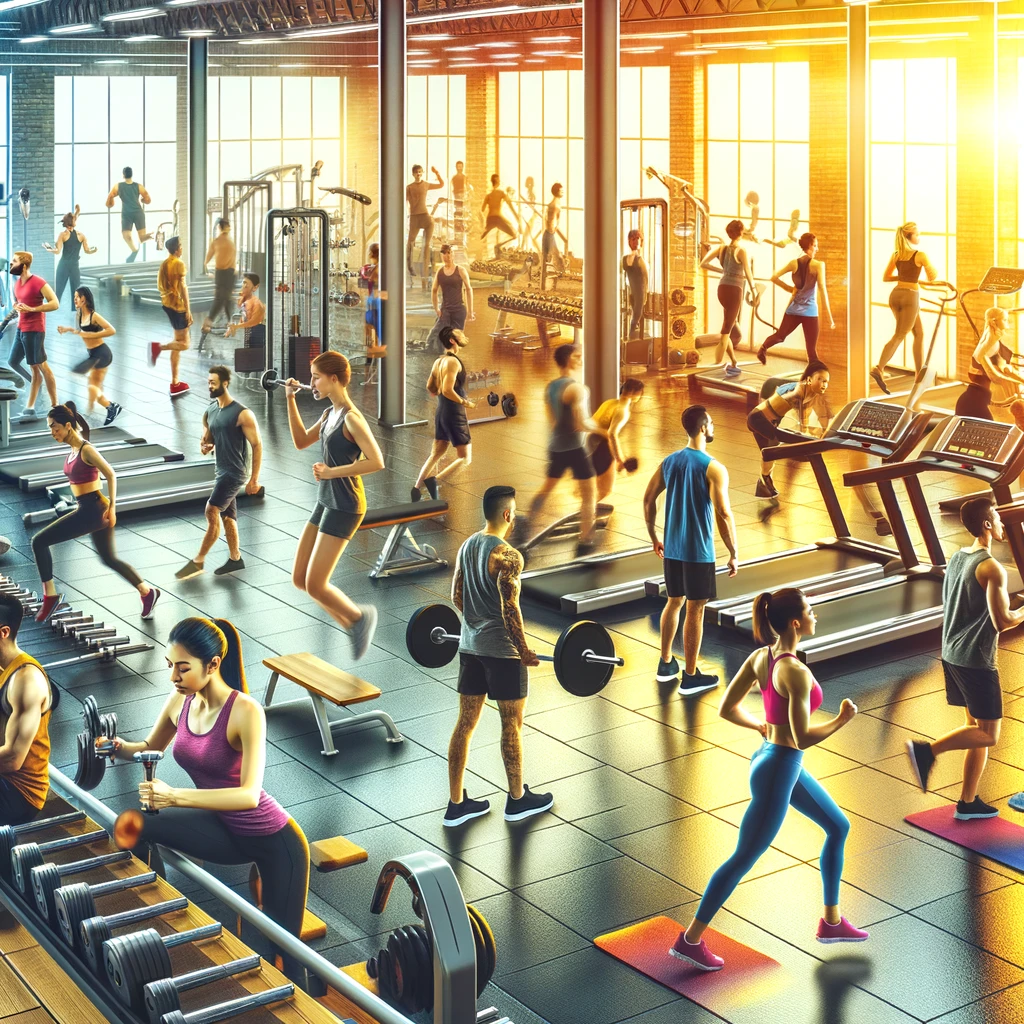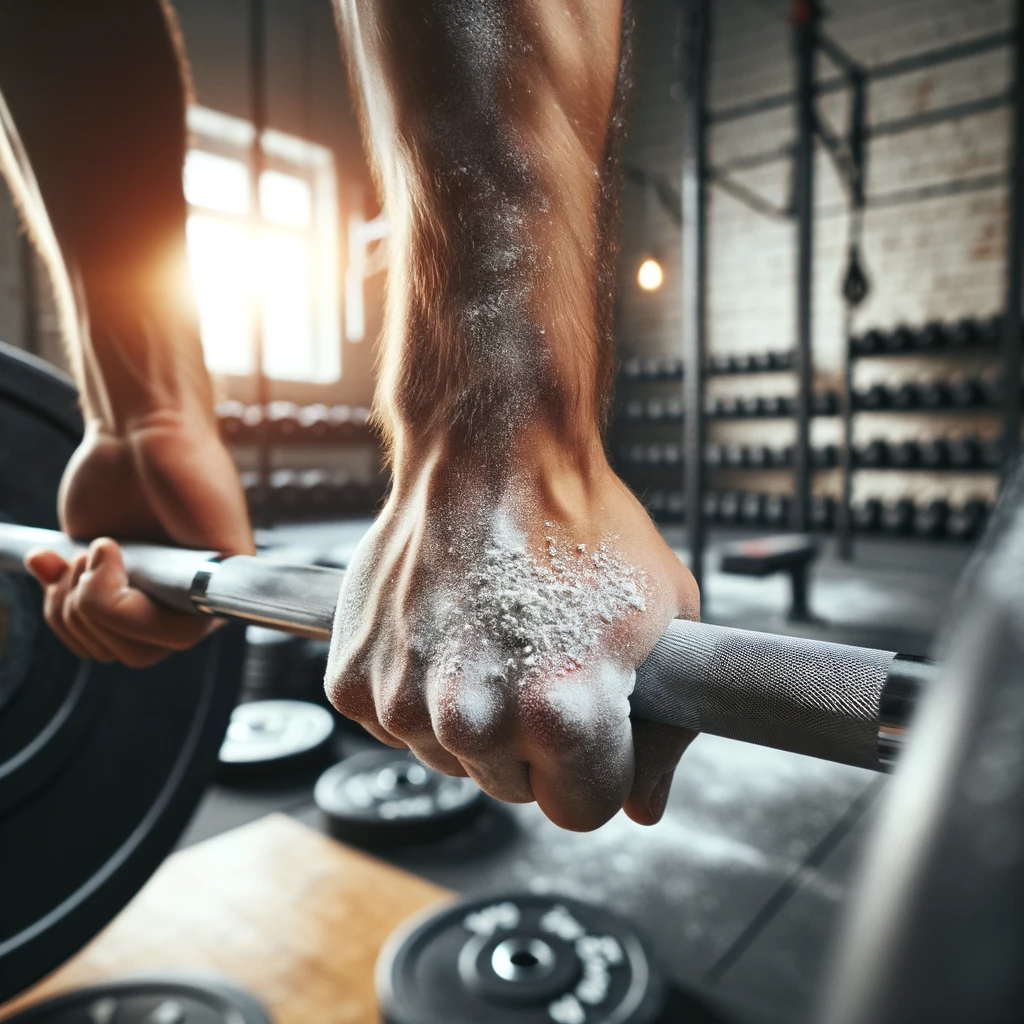We know that stretching has long been a fundamental component of fitness routines. With it you can improve your flexibility overall and can work wonders.
Traditionally, stretching exercises are done using body weight, relying on the natural resistance of one’s muscles and joints.
However, stretching with weight can have many added benefits that stretching alone can’t achieve.
In this article, let’s dive into how stretching with weight can benefit you and why you should incorporate it into your routine.
Why Stretching with Weights is More Effective Than Stretching Alone
Introducing weights into your stretching routine can significantly enhance your flexibility.
I know, the idea of adding weights to a stretch may seem a little out there, but it’s not.
When you stretch with weights, you’re adding an extra layer of resistance.
This resistance helps in intensifying the stretch, allowing your muscles to extend further than they would under normal circumstances.
This method can lead to increased muscle strength, greater flexibility, and a more substantial range of motion.
Additionally, weighted stretching can help in overcoming the natural resistance of your body more effectively than traditional stretching.
How to Incorporate Weights into Your Stretching Routine
Incorporating weights into your stretching routine is relatively straightforward, but it requires careful attention to form and safety.
Start with light weights, and focus on stretches that target major muscle groups.
For example, holding a small dumbbell in your hand during a side stretch can deepen the stretch along your waist and arm.
One common exercise that can easily increase flexibility due to it’s nature is the stiff leg deadlift.
The stiff leg deadlift in general lengthens the hamstrings under load.
Holding that bottom position for a couple of seconds for reps can get you unbelievable flexible hamstrings at a much faster rate.
Recommended Duration for Holding Stretches with Weights
The duration for which you should hold a stretch with weights depends on your fitness level and experience with stretching.
Generally, holding a stretch for 20-30 seconds is beneficial.
However, with added weights, you can do much shorter durations.
In some cases, a few seconds in the lengthen position can be beneficial with a heavy weight like with the stiff leg deadlift.
You can also do lighter weight and hold for about 20-30 seconds, to gauge your body’s response.
As you get more comfortable, you can gradually increase the time.
It’s crucial to listen to your body and avoid overstretching, as this can lead to injuries.
Recommended Frequency for Weighted Stretching
Weighted stretching should be tailored to your individual fitness level and goals.
The frequency of incorporating weighted stretches into your routine depends on several factors including your current fitness level, flexibility goals, and overall workout schedule.
If you’re new to weighted stretching, start with once or twice a week or use it when you are already doing certain exercises like stiff leg deadlift.
This allows your body to adapt to the new form of stretching.
Over time, as you become more comfortable and your flexibility improves, you can gradually increase the frequency.
For Intermediate and Advanced Individuals:
For those who are already active and have a regular stretching routine, incorporating weighted stretches 2-3 times a week can be beneficial.
This frequency is enough to see significant improvements in flexibility and muscle strength without overdoing it.
Example of Exercises to use Weight to Stretch
There are plenty of exercises that you can use weights to stretch.
Some of my favorite exercises to do with weights are the following:
- Stiff leg deadlift
- Ankle stretch / mobility routine
- Calf raise (lengthening at the bottom of the position)
Final Thoughts
Incorporating weights into your stretching routine can significantly enhance the effectiveness of your stretches.
By doing so, you not only improve flexibility and range of motion but also add an element of strength training to your routine.
As always, prioritize form and safety to prevent injuries.
With these tips in mind, weighted stretching can be a valuable addition to your fitness regimen.










